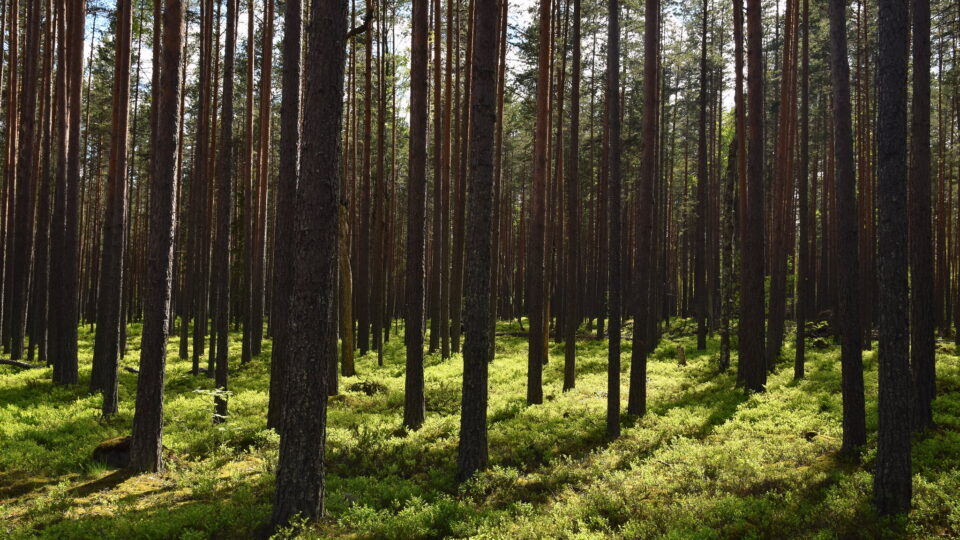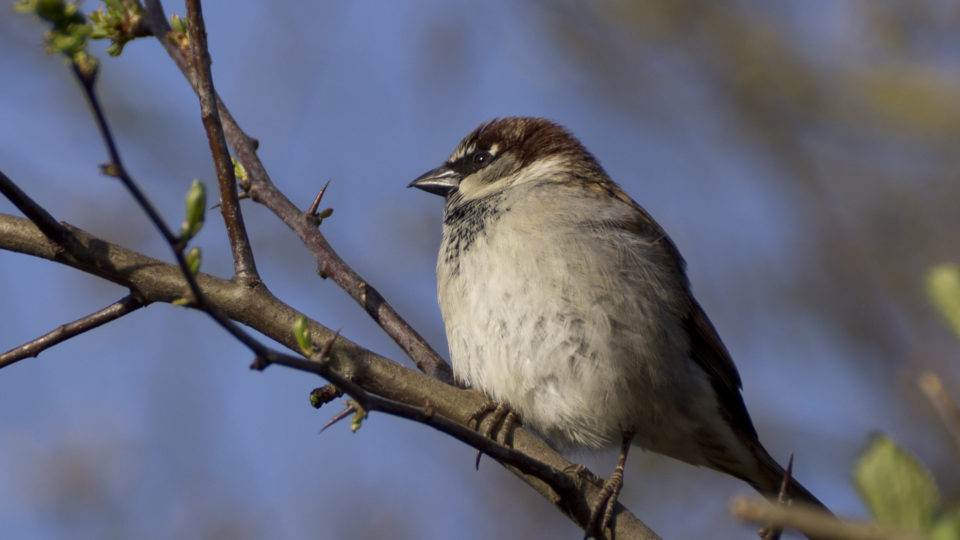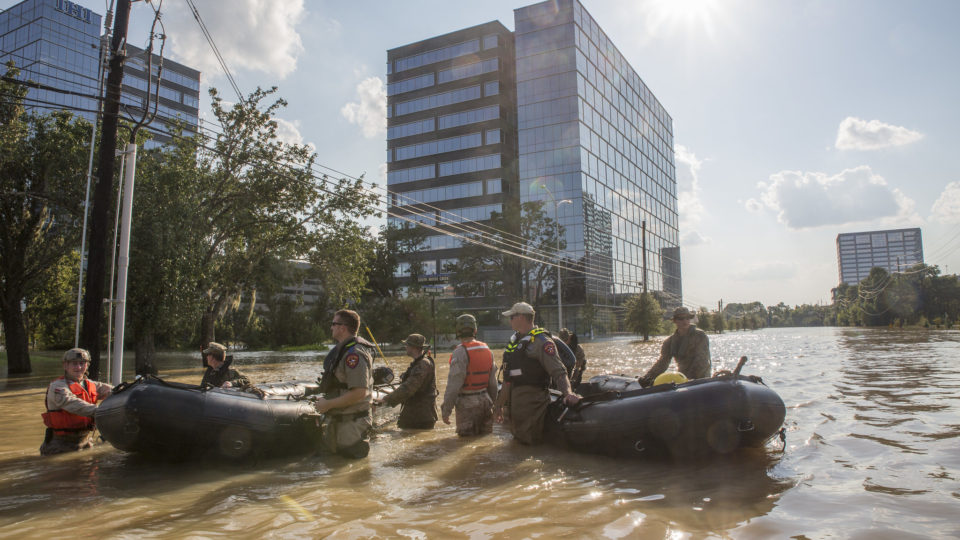Russia is the largest country in area in the world, almost equal in size to the sum of the next two largest – Canada and the U.S. Russia is also the world’s largest forest country, containing more than one-fifth of the world’s forests. As a result, the country’s forests and forestry activities have enormous potential for impacting climate mitigation.
Since the dissolution of the USSR, there has been a decline in the availability of information on the state of Russia’s forests. The Soviet Forest Inventory and Planning System compiled information until 1988. Since then, the Russian National Forest Inventory has been the source of forest information on the national scale, and it hadn’t produced a comprehensive inventory until 2020.
The new data indicates that Russian forests have in fact accumulated a large amount of additional biomass over the intervening years. Using the last Soviet Union report as a reference point, the new results show that the ongoing stock accumulation rate in Russian forests over the 26-year period is of the same magnitude as the net forest stock losses in tropical countries.
Thus, it is clear that Russian forests have great potential in terms of global climate mitigation as well as potential co-benefits relating to the green economy and sustainable development. It is important to note that as the impact of climate change increases, disturbances to the Russian forests could have severe adverse effects on global climate mitigation efforts.
While much of the world’s attention is rightfully upon tropical rainforests in the Amazon and elsewhere, it is important to not ignore the largest country in the world hosting the largest land biome on the planet where even small percentage changes in the amount of forest biomass could have a major global impact.
**********
Web Links
Russian forests are crucial to global climate mitigation
Photo, posted June 6, 2015, courtesy of Raita Futo via Flickr.
Earth Wise is a production of WAMC Northeast Public Radio.





